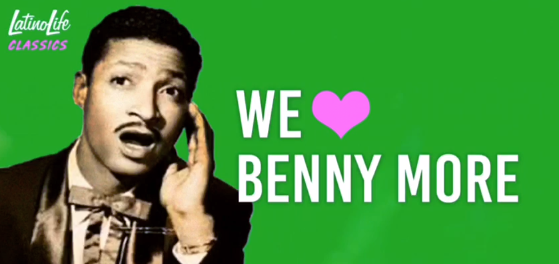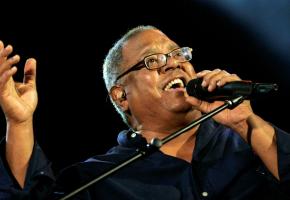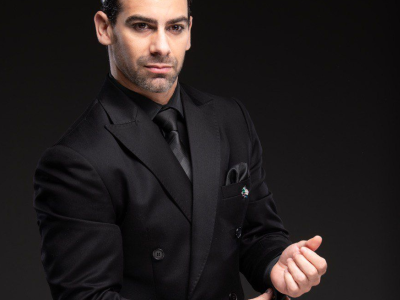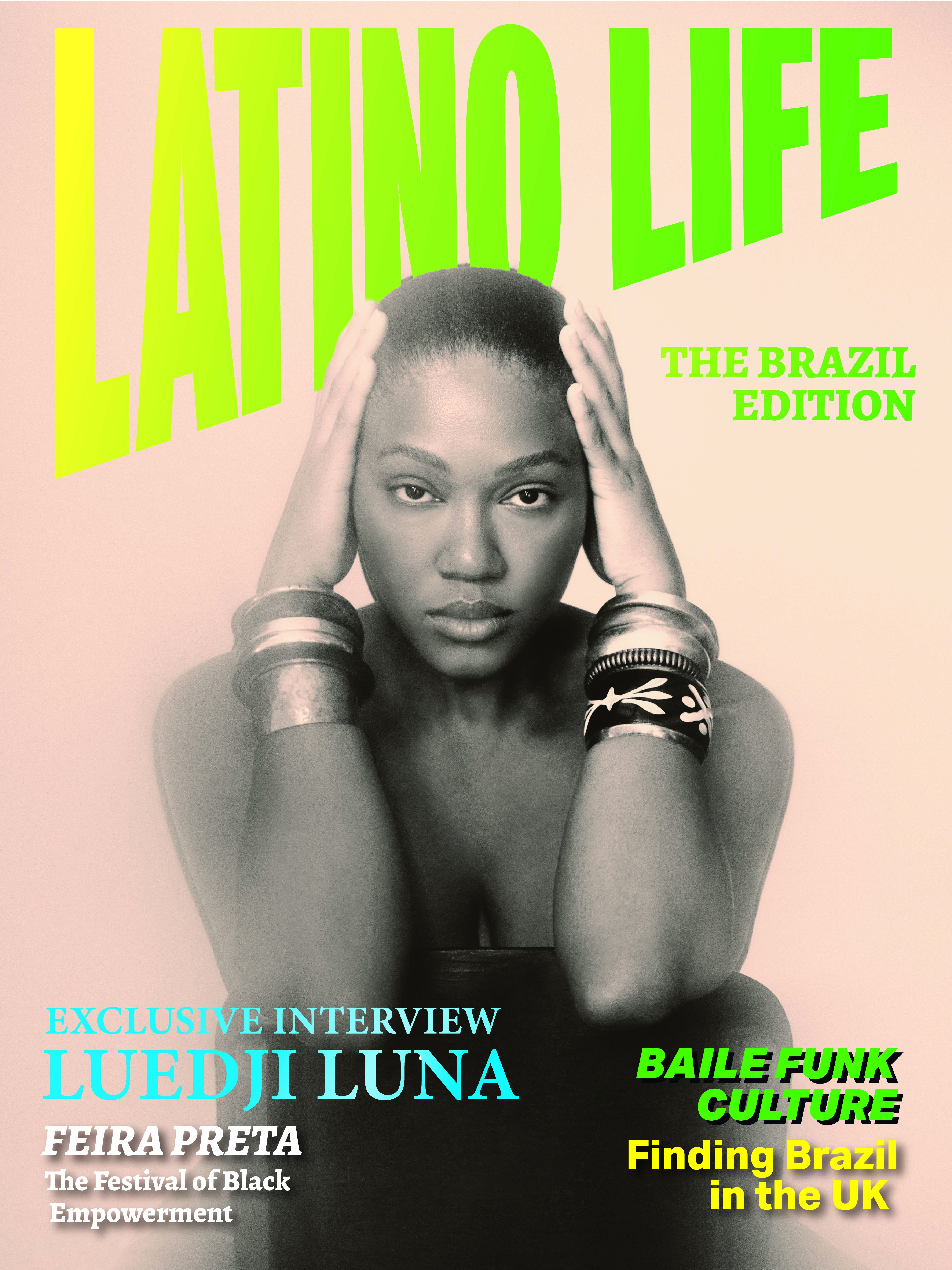100 years ago last year, in the small town of Santa Isabel de las Lajas in central Cuba, a young boy named Bartolomé was born, the oldest surviving child in a desperately poor rural family of 18. Only six of his siblings would make it into adulthood, and nobody knew that he in fact was a child genius who would go on to become one of the most influential figures in Cuban music.
The descendent of slaves, Bartolomé grew up playing the music of Yuka and Makuta (the Congolese roots that form much Cuban music including rumba and conga). By the age of 9 he had built himself a ‘tres’ guitar and soon his hometown was being treated to his brilliant improvisations.
Though a good student, poverty forced Bartolomé to leave school at the age of 11 and work in the cane fields. But he didn’t stop singing and, after a short spell as a teenager selling fruit in Havana, he resolved to try his luck as a musician in the capital city.
In 1940, when Arsenio Rodriguez was lifting the ‘son’ to new heights in 1940 and Miguel Matamoros was having hit after hit with his group, Bartolomé began to enter radio talent contests. After initial failure, his second attempt won him a coveted series of radio performances.
In 1945 a moment of fate set the boy on the path of destiny. Siro, a member of Matamoros’ trio, heard him singing at the studio and immediately put him forward to replace the band leader Miguel, who was ill, on that night’s show. He was so good he was hired immediately for a tour of Mexico. Once the tour was over, he decided to stay in Mexico and Matamoros gave him some sound advice – to change his name from Bartolomé (which was a nickname suggesting a donkey) to Beny.
Beny soon joined another exile hungry for success Damas Perez Prado who had been banned from Cuba because his music was ‘too wild.’ Within a year they were huge stars across Latin America, thanks to Prado’s infectious Mambo music, Beny’s inimitable voice and stage presence and the huge number of films and recordings that featured them both.
Now well-known, Beny returned to Cuba hungry for more success. He travelled first to Santiago and then to Havana where in 1951 he sang with the orchestra run by Bebo Valdés (father of Chucho Valdés) and it wasn’t long before he was recording hits and making regular radio appearances with the best band in town, the Ernesto Duarte Orchestra. But Beny, now rightfully known as ‘El Barbaro del Ritmo’ (the wizard of rhythm) had bigger ideas.
He wanted to form his own big band – he now had immense musical knowledge, fantastic songs, an inspirational voice, a brilliant ability to sing in every Cuban style, a charismatic stage presence, stylish dress sense and – despite his inability to read or write a note of music – the deep respect and love of the best musicians in the country. In 1953 he formed the Banda Gigante.
From this moment on Beny Moré took his place as the king of Cuban music – he never stopped playing concerts, recording and appearing – always at the top of the bill – on radio and television. Beny toured all over Cuba and America with his full 21-piece band. He was fiercely loyal to his band members, and even ended up in a Venezuelan jail when he beat up an agent who failed to pay his ‘tribe.’ But his party lifestyle and drinking and his non-stop schedule began to take its toll, ending in collapse and near death of liver failure.
With the Cuban Revolution in 1959, Beny Moré chose not to take flight to Miami like many of his musical peers, but chose to stay ‘con mi gente’. He cut down the drinking and continued to present his band in triumphant concerts across Cuba virtually every night, despite his doctor’s advice to take it easy. He was guest of honour at the first festival of Cuban music in Havana in 1962. Fidel suggested he might do something for the youth who were helping to eradicate illiteracy in Cuba. Benny offered to play a show every Thursday afternoon in central Havana and he never missed a single show.
Then one night in 1963, Benny went to play a show near his home town. Half way through his usual electrifying performance, he collapsed. He was rushed to hospital and, despite the attempts of Cuba’s top doctors, he died on 18th February at the tragically young age of 43.
Over 100 000 people followed his funeral cortege. Fidel sent a wreath and a troupe of army officers to help carry the coffin. His body was returned to Lajas where a Congo ceremony sent him on his way and he was buried in the town cemetery amongst his beloved people. His tomb is a shrine for thousands who regularly make the journey to Lajas to pay their respects. Films, books, statues and songs have attempted to capture the magic of this poor Campesino Congo from central Cuba.
But the highest tribute is that Beny is universally regarded as the greatest artist in the history of Cuban popular music – quotes, stories and homages paid by Cuba’s most successful musicians and artists show there is never any doubt that Beny was, is and always will be the best of them all. Helio Orovio, Cuba’s top musicologist stated “in many ways Benny can be seen as the culmination of the evolution of Cuban musical art”.
Beny is remembered for his great dance tunes such as ‘Rumberos de Ayer’, ‘Verguente Camaguey’, ‘Maracaibo Oriental’and ‘Que buena baila usted’ combined with magical, boleros such as ‘Te quedaras’ ‘Hoy como Ayer’, ‘Como fue’ and ‘Oh Vida’ were amongst hundreds of songs which continue to be played and loved to this day. With his Campesino hat and his Congo cane, neither a Habanero nor a Santiaguero, Beny was a hero for all Cubans, and today he is a hero for all Latin musice lovers
This article is an editted form of an article first published for Cuba50.org and CubaSi magazine



















